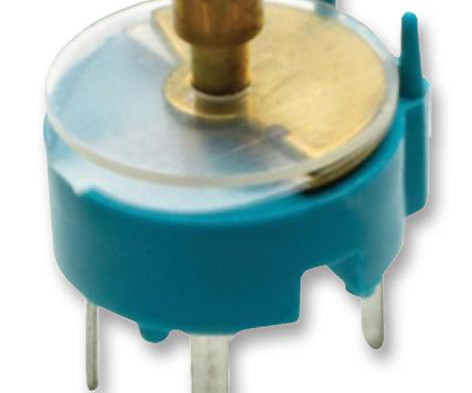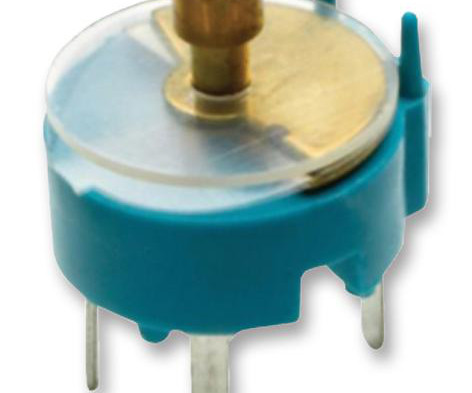ALABC lead-acid UltraBattery Civic hybrid surpasses 100,000 miles of fleet duty
Green Car Congress
JUNE 6, 2013
In a project co-funded by the US Department of Energy and managed by Ecotality North America, the Advanced Lead Acid Battery Consortium (ALABC) has demonstrated the durability of lead-carbon batteries in the high-rate, partial state-of-charge operation of a hybrid electric vehicle. The UltraBattery Retrofit Project DP1.8











Let's personalize your content